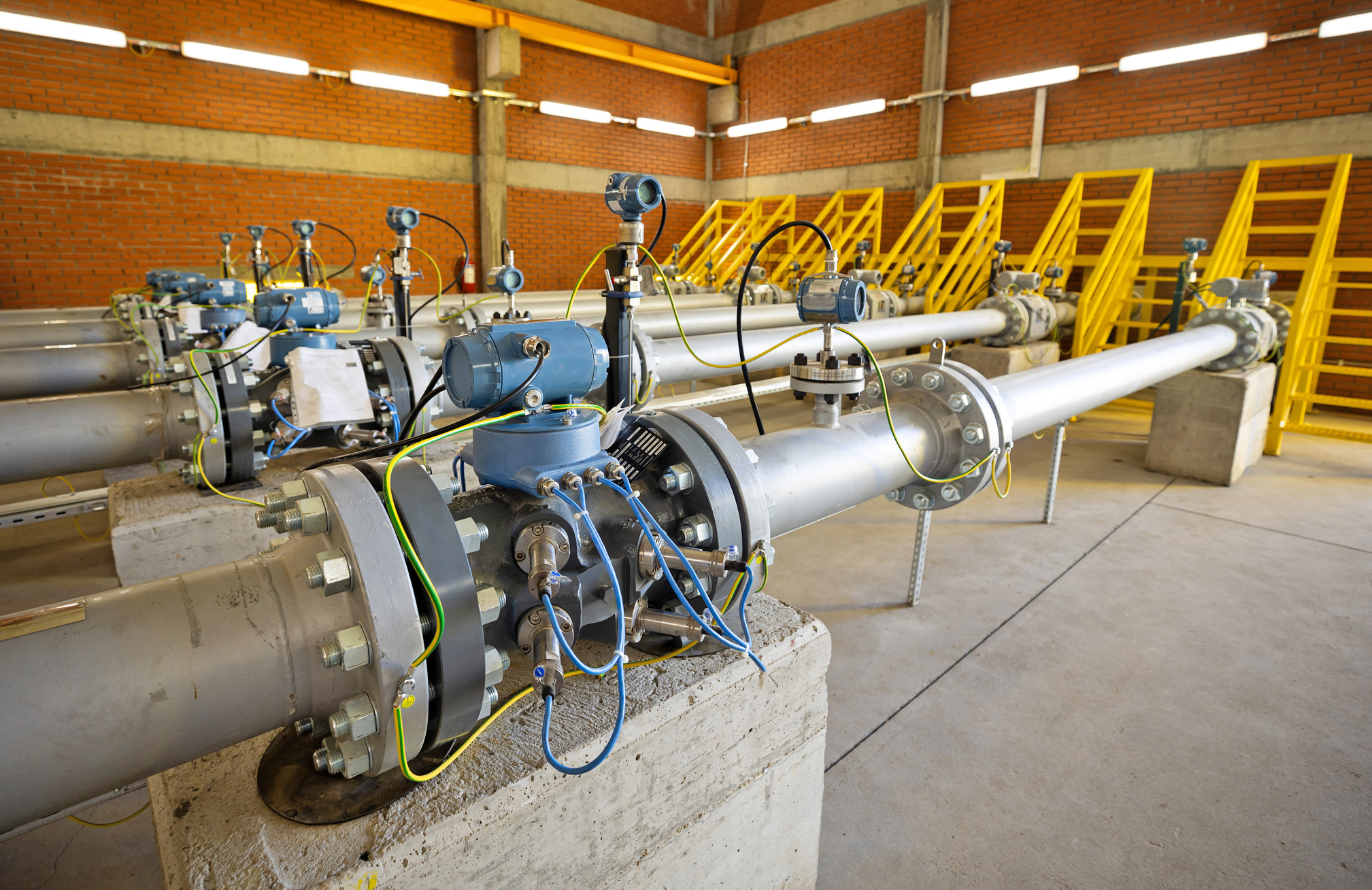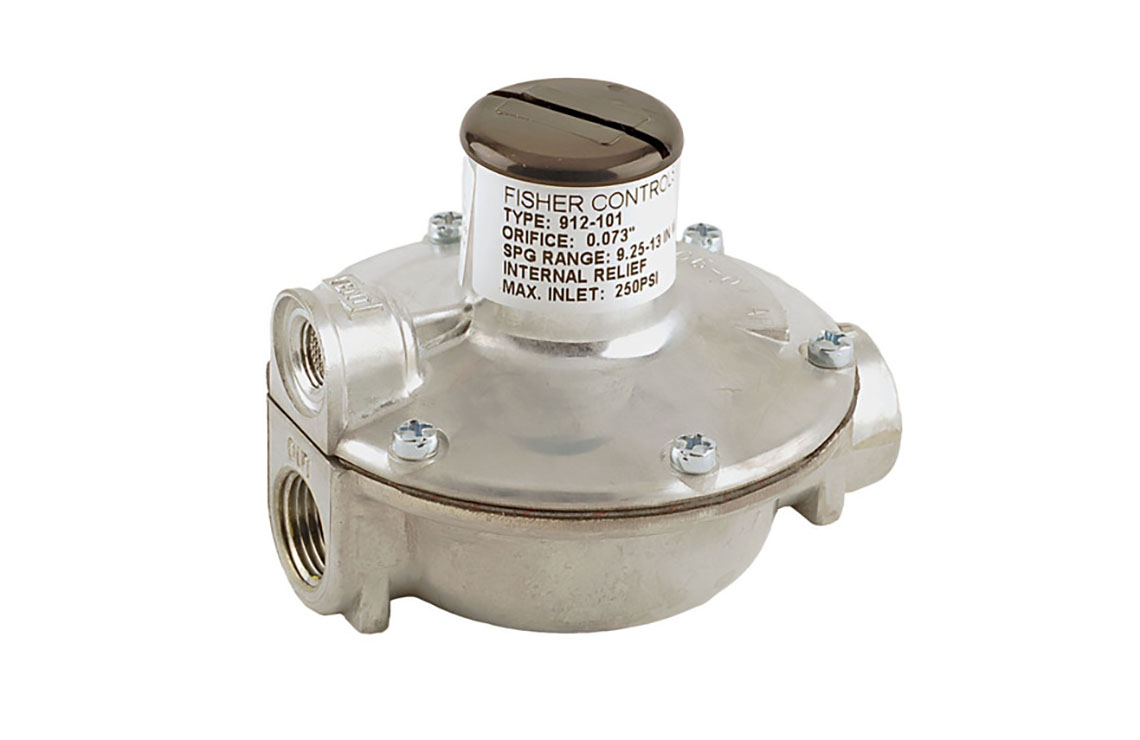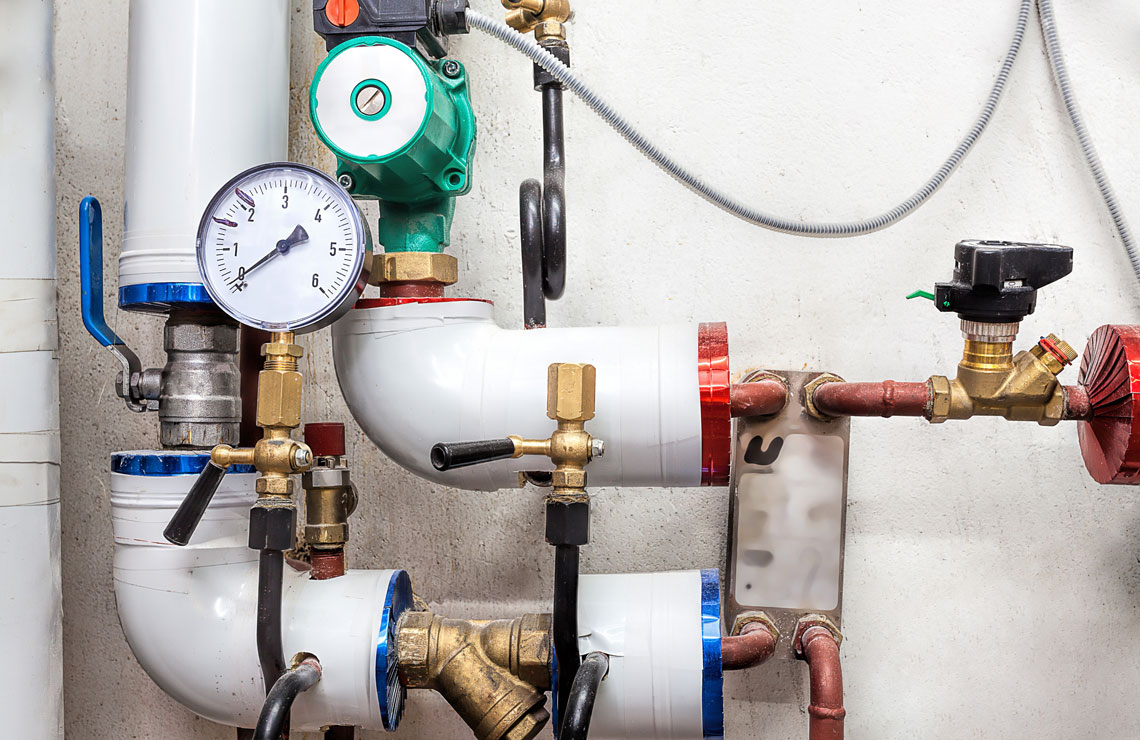
Introduction to Industrial Regulators
According to the American Gas Association, pressure-related failures account for a significant percentage of gas system incidents each year. That’s why it’s important to understand how these regulators work, what types are available, and how to choose the right one for your specific operation.
This article explains what gas pressure regulators do, how they function, and the core factors to consider when specifying or upgrading one. You’ll also learn how Proconex supports safe and efficient gas regulation in complex industrial settings.

What Is a Gas Pressure Regulator?
A gas pressure regulator is a control device that reduces high-pressure gas from a supply source down to a usable level for downstream equipment. It maintains that pressure within a tight range, regardless of fluctuations in input pressure or flow demand.
Most regulators use a combination of valves, springs, and diaphragms to monitor and adjust flow in real-time. These components respond to changes in inlet and outlet pressure to keep gas moving safely and smoothly through the system.
Explore Proconex's gas regulator offerings
How Does a Gas Pressure Regulator Work
Regulators function using a simple feedback mechanism: they detect downstream pressure and adjust the flow valve to keep it steady.
Here’s how the core components operate:
- Inlet Valve: Connects to the high-pressure source.
- Sensing Element: Usually, a diaphragm or piston that measures downstream pressure.
- Control Element: A spring that provides counter-pressure to the sensing element.
- Valve Mechanism: Adjusts the opening to allow more-or-less gas to pass through.
When the downstream pressure drops, the sensing element moves to increase gas flow. When pressure rises, it triggers the mechanism to reduce flow. This balance ensures consistent delivery pressure to equipment, even under fluctuating demand.
Want a visual? Watch this regulator animation
Types of Gas Pressure Regulators
1. Single-Stage Regulators
These reduce pressure in one step. Ideal for short-duration applications or systems with consistent inlet pressure.
2. Two-Stage Regulators
Reduce pressure in two stages for better accuracy. Common in laboratories and high-purity gas systems.
3. Spring-Loaded Regulators
Use a spring to control pressure and are best for simple, low-flow applications.
4. Pilot-Operated Regulators
Utilize a smaller regulator (pilot) to control the main valve. These are excellent for high-flow or high-pressure systems, such as those found in petrochemical plants.
Compare options at Proconex
Where Are Gas Pressure Regulators Are Used?
Gas regulators are everywhere in industrial environments:
- Boiler and Furnace Systems: Maintain optimal combustion conditions.
- Pharmaceutical Facilities: Control gas used in sterilization or synthesis.
- Food and Beverage Plants: Regulate CO2 or nitrogen for carbonation and packaging.
- Refineries: Control flow of volatile or flammable gases in critical processes.
They’re often paired with pressure relief devices and alarms to ensure compliance and safety under ANSI and ASME codes.
Benefits of Proper Pressure Regulation
Effective pressure regulation prevents more than just downtime. It supports safety, process efficiency, and equipment longevity.
1. Improved Safety
Sudden pressure surges can damage pipes and endanger workers. Regulators absorb these changes before they cause harm.
2. Better Product Quality
Consistent pressure means stable operations. This is essential in industries where product quality depends on uniform gas flow.
3. Reduced Energy Use
Overpressurized systems waste energy. Regulation allows equipment to operate efficiently at the correct pressure levels.
4. Minimized Maintenance
Stable systems reduce wear and tear on valves, seals, and connected machinery
Choosing the Right Gas Pressure Regulator
When specifying a regulator, consider the following:
- Inlet & Outlet Pressure: Know both your maximum inlet and required delivery pressures.
- Flow Rate: Higher flow demands need regulators with larger capacity or pilot operation.
- Gas Type: Ensure compatibility with gas media; some materials degrade in contact with corrosive gases.
- Temperature & Environment: Choose regulators rated for ambient and process conditions.
- Compliance Requirements: Consider ANSI, ASME, and NFPA standards based on your industry.
Need help selecting? Talk to our team
Common Signs of Regulator Issues
Keep an eye out for these red flags:
- Hissing or leaking sounds
- Inconsistent downstream pressure
- System alarms or shutdowns
- Signs of diaphragm or seal fatigue
Routine maintenance and performance audits can catch issues before they impact safety or operations.
Proconex: Your Gas Regulation Partner
With decades of experience supporting pressure control in industrial facilities, Proconex offers more than just parts. We help plant teams assess system performance, select the right equipment, and implement solutions that minimize downtime and maximize ROI.
Whether you're commissioning a new site or upgrading legacy infrastructure, our engineers provide insight rooted in field-tested expertise.
Explore our full line of gas pressure regulators
In Conclusion
Gas pressure regulators are the unsung heroes of industrial operations. By understanding how they work and choosing the right one for your application, you can boost safety, reduce costs, and improve overall system performance.
Proconex is here to help. We don’t just sell equipment; we work alongside your team to ensure every regulator delivers the performance you need.
